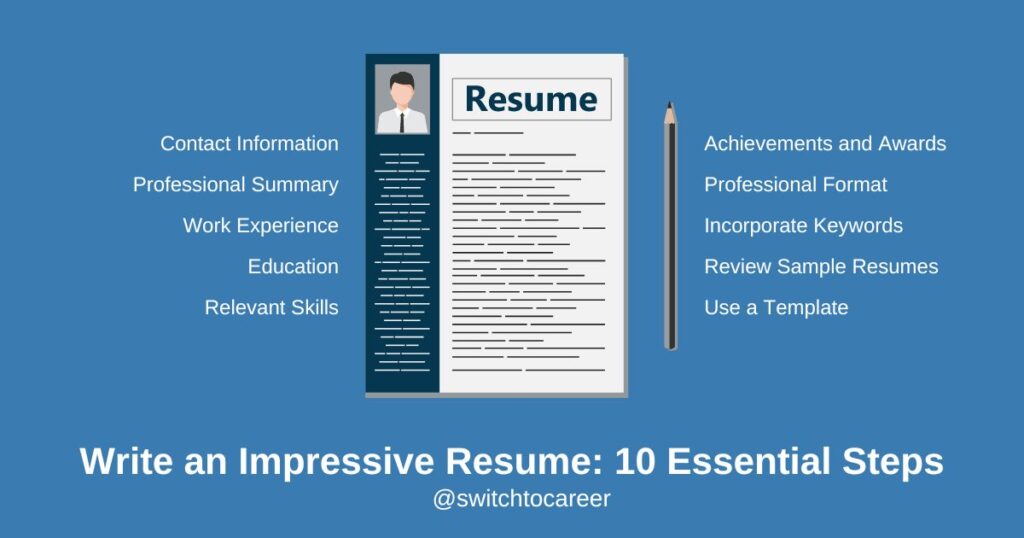1. Introduction
In today’s competitive job market, a well-crafted resume is your ticket to landing that dream job. Beyond showcasing your work experience and education, it’s crucial to highlight both hard skills and soft skills. These two skill sets complement each other, making you a well-rounded candidate. Let’s explore what they are and how to effectively incorporate them into your resume.
2. Hard Skills vs. Soft Skills
a. Hard Skills (Technical Skills)
Hard skills are specific, measurable abilities acquired through education, training, or experience. They are often industry-specific and directly related to your job role. Examples include:
- Typing proficiency
- Microsoft Office proficiency
- Google Drive usage
- Adobe Photoshop skills
- Avid Pro Tools expertise
- Budgeting knowledge
- Equipment operation
- Coding languages
- Data analysis proficiency
- Machine learning skills
- Diagnostics capabilities
- Copywriting expertise
- Welding techniques
Industries like IT, engineering, and science heavily rely on hard skills. To stay competitive, focus on developing and showcasing these technical abilities.
b. Soft Skills (Transferable Skills)
Soft skills are less tangible but equally vital. They relate to your personality, work ethic, and ability to collaborate effectively. These skills are often transferable across various industries. Examples include:
- Networking
- Interpersonal skills
- Empathy
- Curiosity
- Observation
- Negotiation
- Decision-making
- Good memory
- Persuasion
- Critical thinking
- Leadership
- Mind mapping
- Conflict resolution
- Attention to detail
- Independence
- Collaboration
- Problem solving
- Creativity
- Flexibility
- Time management
Soft skills enhance your ability to work well with colleagues, contribute to collaborative projects, and handle day-to-day responsibilities.
3. Identifying Your Current Skills
Before updating your resume, take stock of your existing skills. Reflect on both your hard and soft skills. Consider your past experiences, achievements, and areas where you excel. This self-assessment will guide you in tailoring your resume to match job requirements.
4. Leveraging Job Descriptions
Study job descriptions for positions you’re interested in. Identify the skills employers seek. Tailor your resume to align with these requirements. Use keywords from the job postings to emphasize relevant skills.
5. Networking with Industry Professionals
Networking is a powerful tool. Attend industry events, connect with professionals on LinkedIn, and participate in relevant forums. Engage in conversations to learn about industry trends and skill demands.
6. Taking Skill Assessments
Online platforms offer skill assessments. Take advantage of these tests to validate your hard skills. Certifications and scores can bolster your resume.
7. Including Complementary Skills
Choose complementary skills that enhance your profile. For instance, if you’re a programmer (hard skill), consider adding communication and teamwork (soft skills) to demonstrate versatility.
8. Tips on How to Choose
- Prioritize skills relevant to the job you’re applying for.
- Balance hard and soft skills to create a well-rounded impression.
- Be honest about your abilities; avoid exaggeration.
- Highlight skills that set you apart from other candidates.
Remember, a winning resume showcases both your technical prowess and interpersonal finesse. Craft yours thoughtfully, and watch doors open to exciting opportunities!

